Apple Watch 10 vs. Apple Watch 7: Biggest expected upgrades
These are the biggest expected Apple Watch 10 upgrades
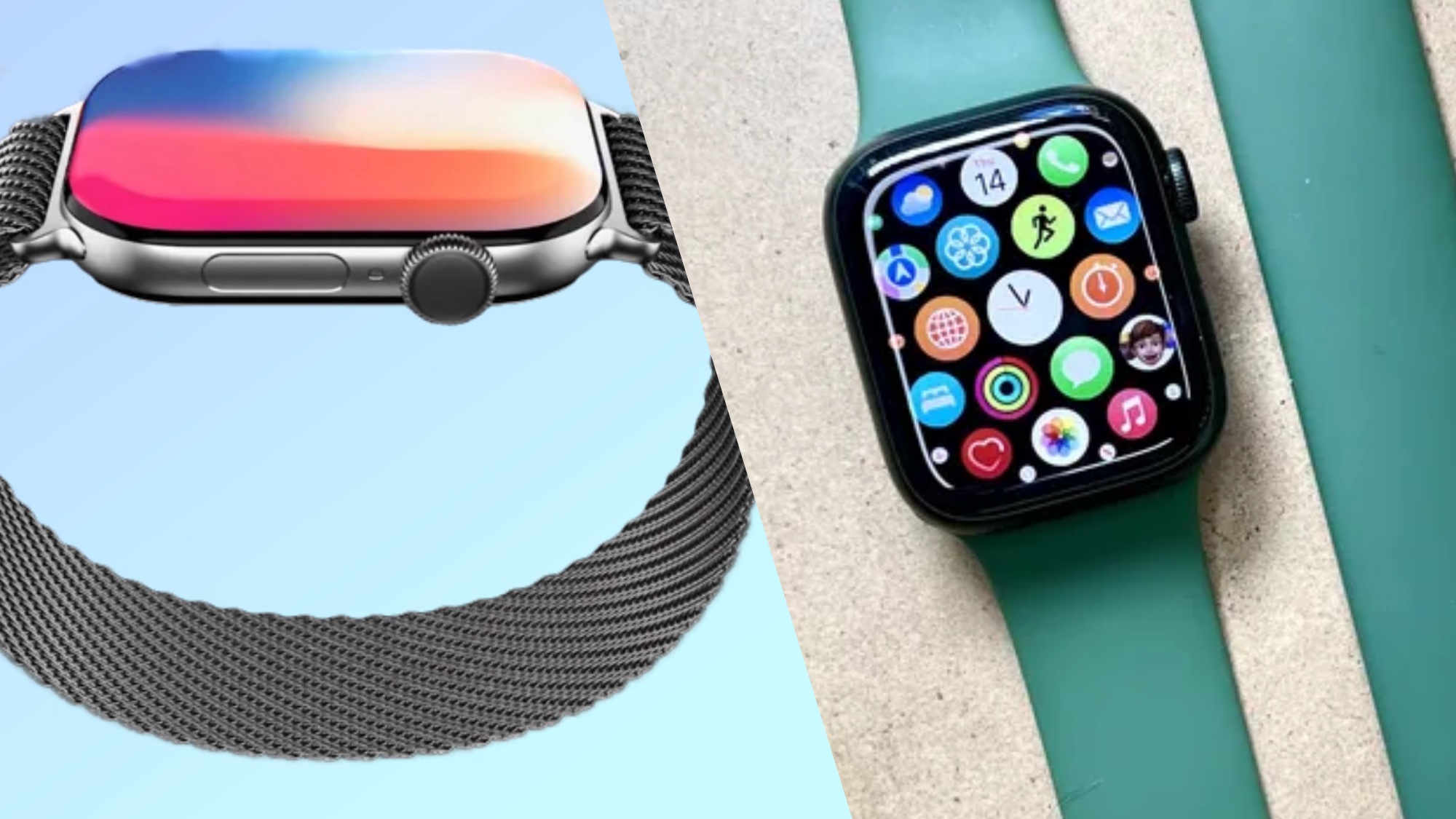
The Apple Watch 10 is almost here, and it's set to be the biggest upgrade to the brand’s flagship smartwatch line in years.
With potential improvements to its design, battery life, health-tracking tech, plus, the possibility of a larger model, the Apple Watch 10 could be a much bigger deal than the Apple Watch 9 and Series 8 that came before it. This raises the question: is it finally time for Apple Watch 7 owners to consider an upgrade?
I’ve been keeping tabs on Apple Watch 10 rumors and leaks since last fall, and while plenty of details are still shrouded in mystery, we have a pretty good idea of what to expect come Monday, September 9.
Based on expected price, design, features and battery life, here’s how the forthcoming Apple Watch 10 likely stacks up against 2021’s Apple Watch 7, along with my thoughts on who will benefit most from upgrading and who might want to skip this release.
Apple Watch 10 vs. Apple Watch 7: Price and availability
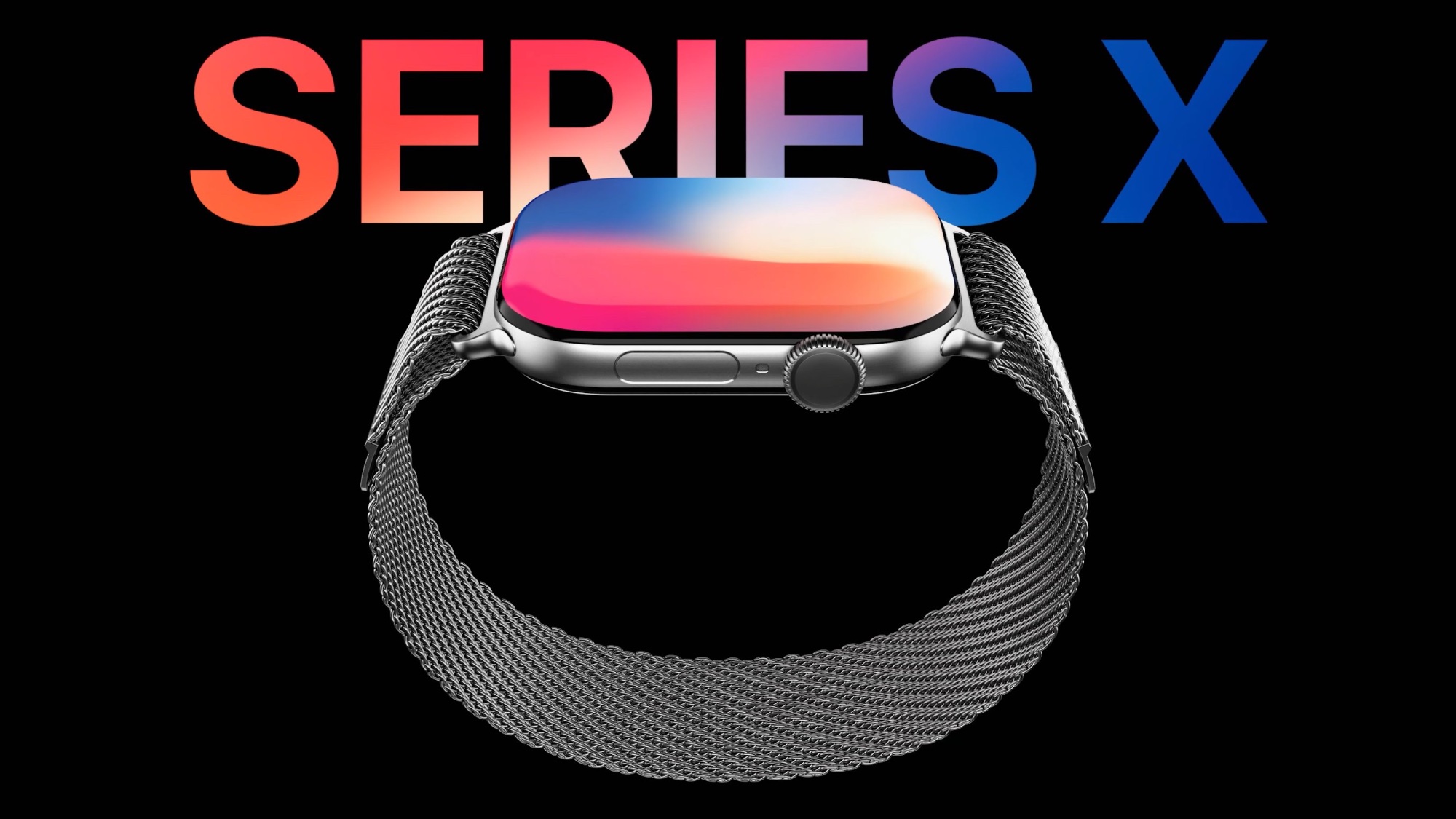
Apple has been quite consistent with pricing for its core smartwatch line over the years and I expect that to continue with 2024's releases.
Back in 2021, the Apple Watch 7 debuted with a starting price of $399 for the smaller 41mm model and $429 for the larger 45mm, both without cellular. The Apple Watch 8 (2022) and 9 (2023) also launched with that same pricing structure.
There is one factor that may shake things up, though. Some reports suggest that Apple is planning to ditch the 41mm size option for the Apple Watch 10, turning instead to a larger 49mm model. If this is the case, the 45mm version will become the entry point in the line, along with its $429 (or higher) price point. More on the new sizing options below.
In terms of availability, the Apple Watch 10 is set to debut on Monday, September 9, and will likely begin shipping later this month, or, at least in time for the holidays (based on previous Apple Watch launches).
Apple Watch 10 vs. Apple Watch 7: Design
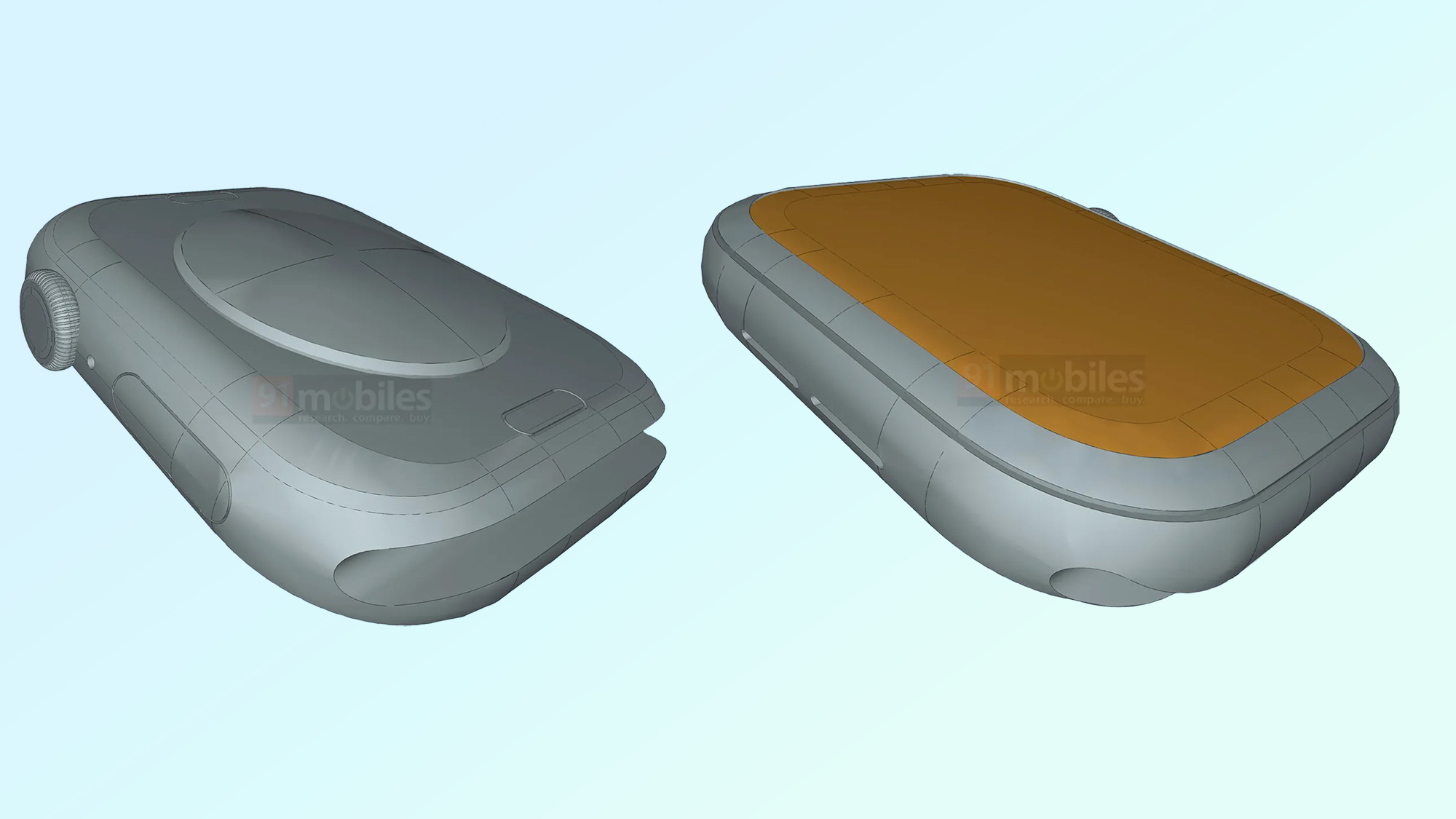
The last time that the core Apple Watch line received a design overhaul was with the introduction of the Apple Watch 7. With that release, we most notably saw the device's display grow 20% in size. Apple also slimmed down the bezel and bumped up the screen brightness.
The two Apple Watches that have come out since then, the Series 8 and Series 9, received only small refinements under the hood. The Series 8 introduced a skin temperature sensor and Apple's Crash Detection safety feature, while the Series 9 brought about Apple's double tap gesture and an Ultra-wideband chip, adding greater compatibility with other tech products.
Design-wise, though, the Apple Watch 7, 8 and 9 all look identical. However, that's likely to change in more ways than on with the release of the Apple Watch 10.
Rumors suggest that we can expect both a slimmer bezel and a thinner overall watch case. Apple is also apparently switching to a new magnetic system for attaching straps to help minimize the case size. Unfortunately, this likely means your Apple Watch 7 strap won't be compatible with the Apple Watch 10.
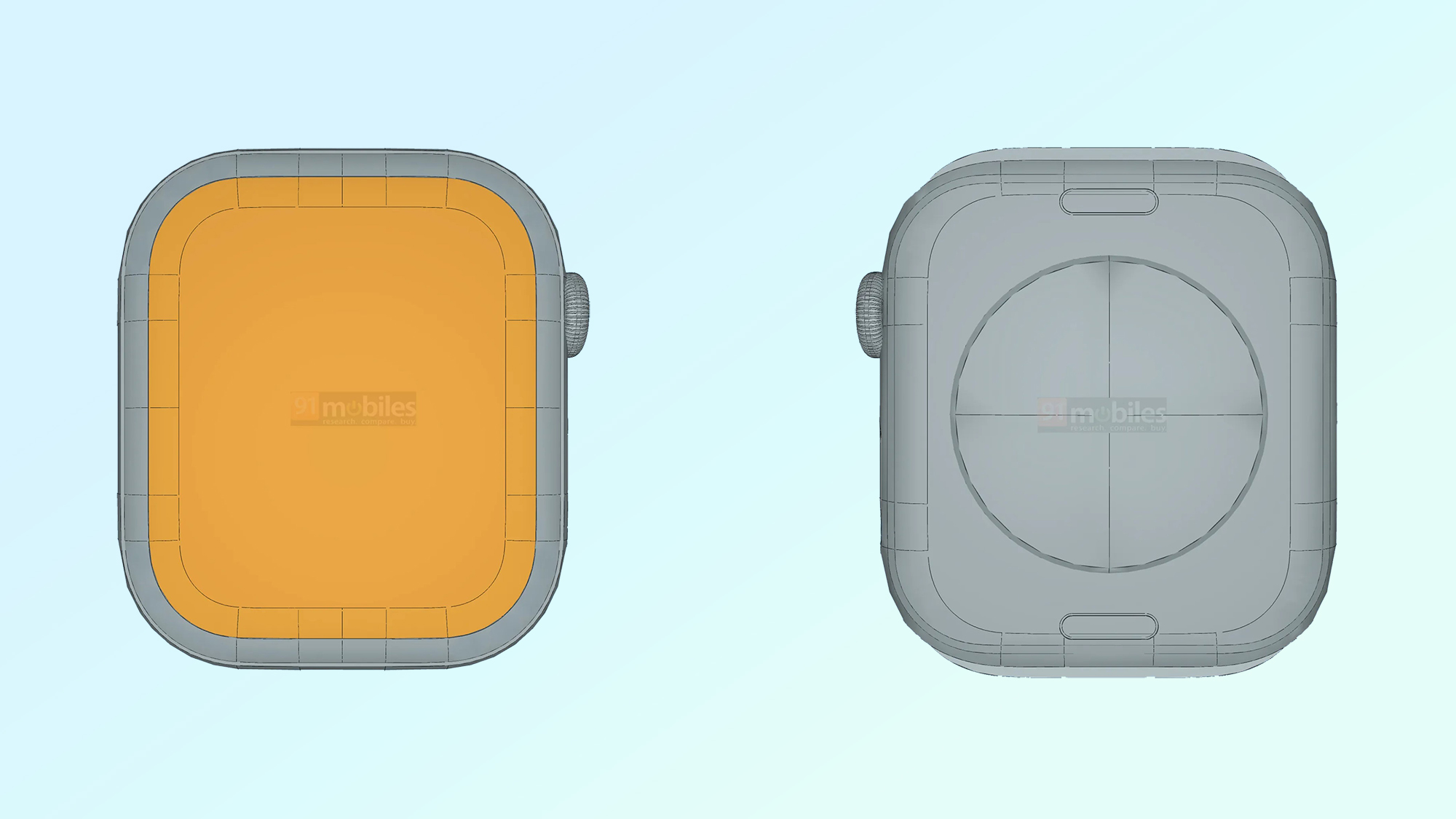
The most significant design change, though, is the possible introduction of a 49mm Apple Watch 10 model. For reference, that's the same case size as the Apple Watch Ultra 2. This new size option will reportedly replace the smaller 41mm case size.
I expect both devices to sport larger displays than their predecessors; the reduction in bezel size will presumably make way for a larger screen on the 45mm model. Reports also suggest that Apple is moving away from rounded screen edges on the new devices in favor of a flat edge, like those found on the Ultra series.
In terms of the number and placements of physical controls, no changes are expected. Sadly, this means that the Apple Watch 10 likely won't inherit the Ultra's awesome Action Button.
Apple Watch 10 vs. Apple Watch 7: Features and spec
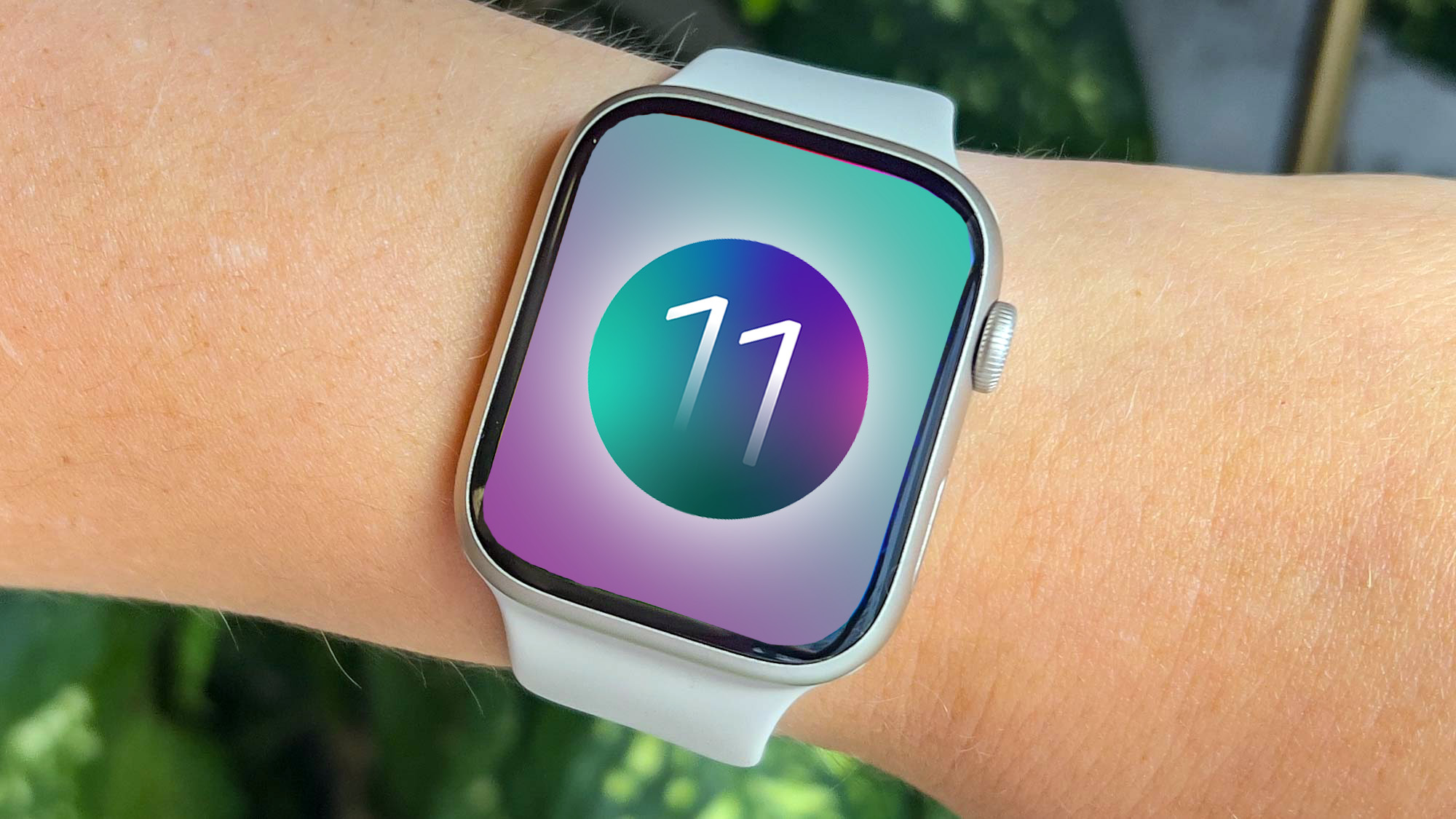
In addition to all the new features/tech introduced in the Apple Watch 8 and 9, including a skin temperature sensor, Crash Detection, the double tap gesture and an Ultra-widband chip, the Apple Watch 10 may bring about additional health monitoring tools for hypertension and sleep apnea.
But, also, maybe not.
Apple is still locked in a heated legal battle with rival Masimo over ownership of the blood oxygen saturation monitoring tech found in the last several generations of Apple Watches. And, unless the Cupertino giant has secretly ironed out an agreement with Masimo or found a workaround, there's a good chance that new health features will be limited.
There's even a chance that the Apple Watch 10 will launch either sans-Sp02 monitoring tech or with the sensor switched off by default. If this is the case, hanging on to your Apple Watch 7 may not be the worst idea, especially if you use its blood oxygen monitoring feature often.
The Apple Watch 10 will additionally let you pause your Activity Rings for as long as you like, make it more intuitive to organize your Smart Stack, allow you to access Apple's Check In safety feature from the wrist and provide access to key health monitoring tech from within a new Vitals app.
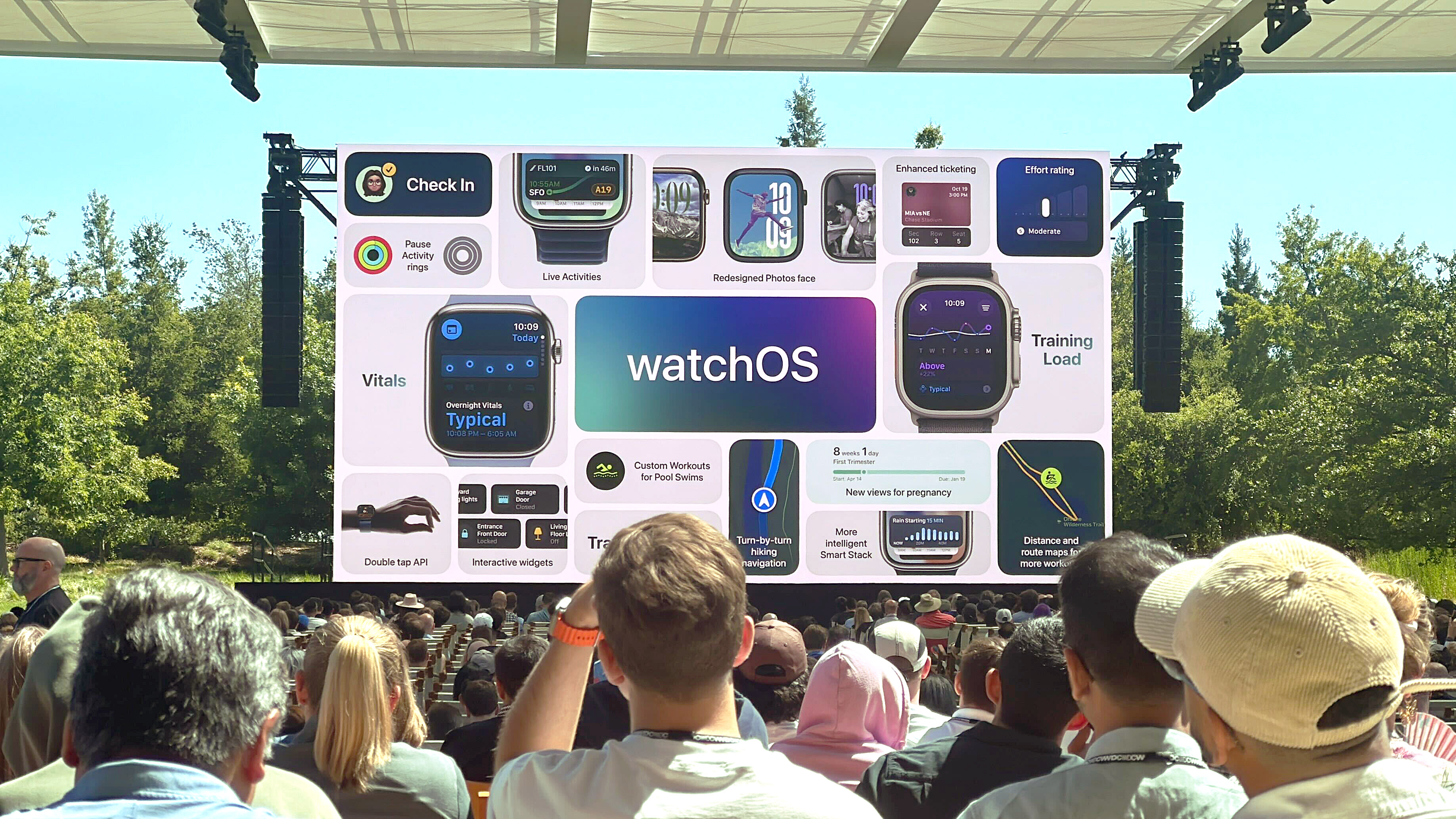
All of these upgrades are part of the latest watchOS 11 release, which the Apple Watch 10 will almost certainly ship running. Of course, the Apple Watch 7 is also compatible with this new software, currently in public beta, meaning you don't need to spend any money to enjoy these updated bells and whistles... they just might not run as smoothly.
The new OS additionally brings Apple's Translation app to your wrist with access to 20 languages along with a new Training Load metric to help you maximize your workouts without overtraining.
We also fully expect the Watch 10 to debut sporting Apple's shiny new S10 processor, which should be marginally faster and more efficient than the S9 chip before it.
However, this new processor should provide a noticeable improvement to the operation speed and responsiveness of the Apple Watch 10 compared to the Apple Watch 7, especially if you're attempting to run Apple's latest watchOS 11 software on the older model.
Apple Watch 10 vs. Apple Watch 7: Battery life
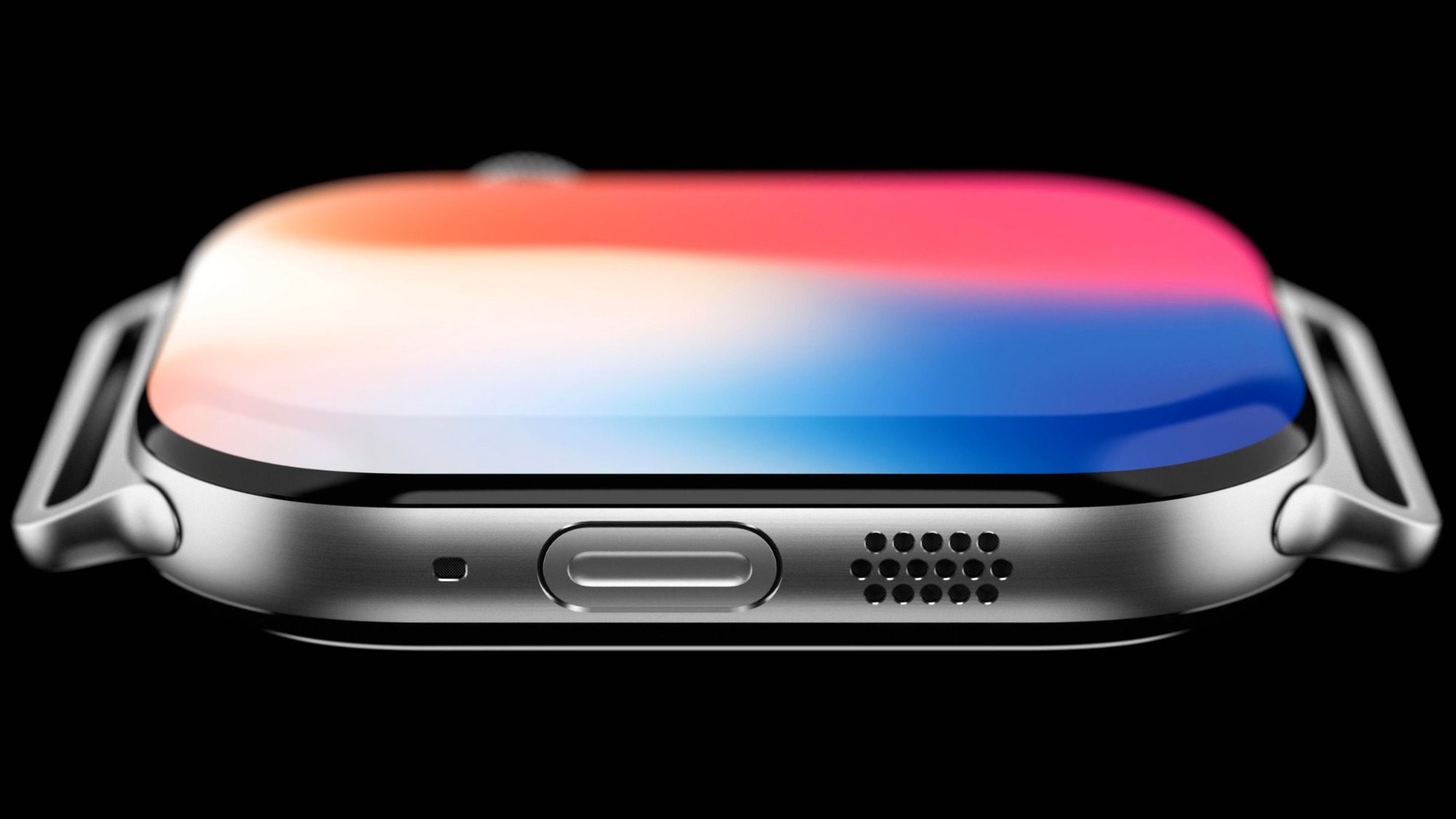
The Apple Watch series has frustratingly been stuck at 18 hours of battery life per charge going back to the original model.
Sure, we've received improvements to the device's low-power mode: the Watch 9 is good for up to 36 hours when using the battery-saver feature, but the Series 10 may be the first time an Apple Watch that doesn't have 'Ultra' in the name surpasses the 18-hour threshold under normal operating conditions.
According to reports, Apple may achieve this by using low-temperature polycrystalline oxide (LTPO) thin-film transistor (TFT) technology for the device's display. This advanced screen tech consumes far less battery power than today's Apple Watch displays without sacrificing screen brightness capability.
Apple Watch 10 vs. Apple Watch 7: Should you upgrade?
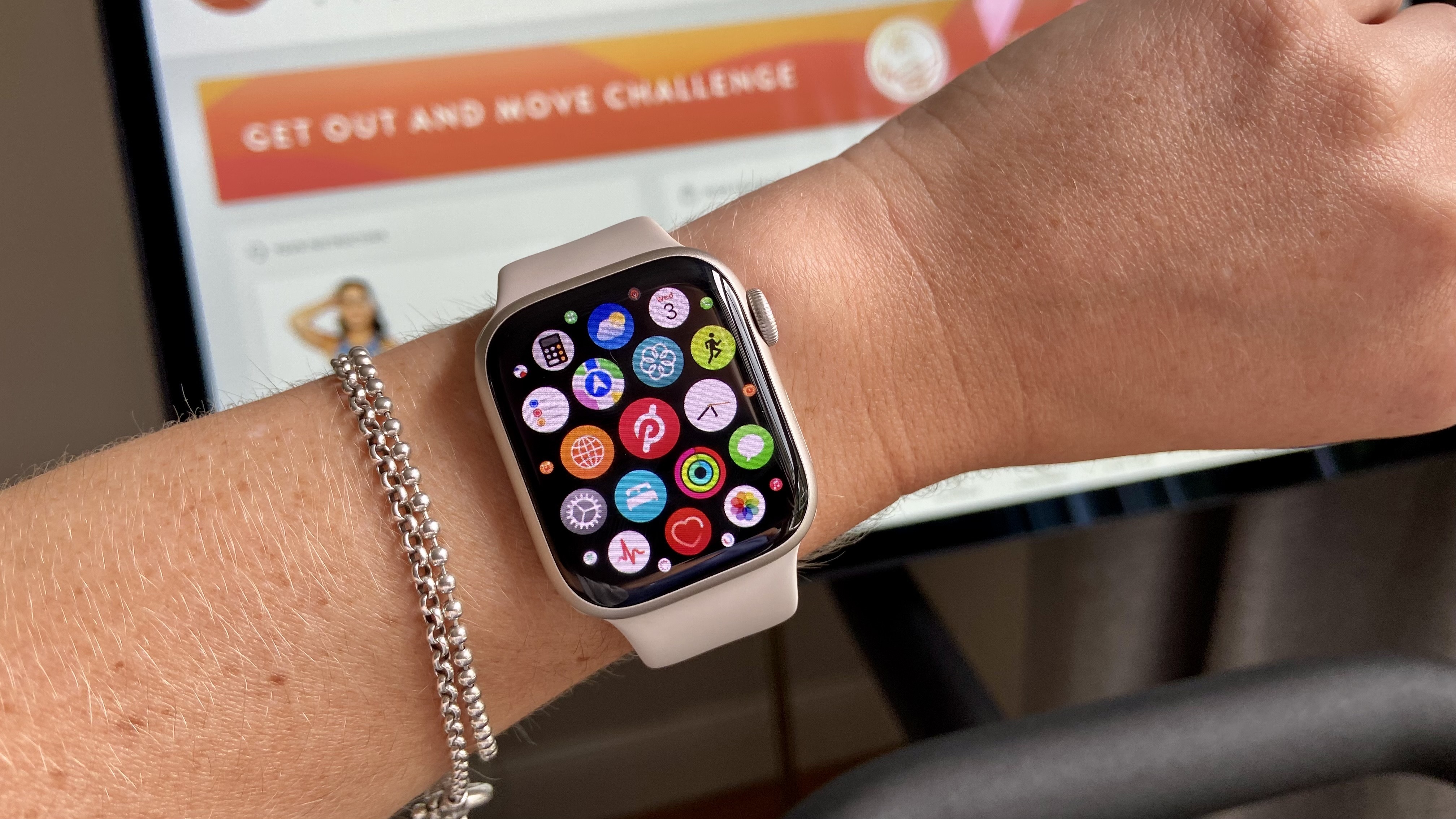
The Apple Watch 10 will likely represent the first time the line has gotten a physical facelift since 2021's Series 7. Rumored upgrades include a larger and more power-efficient screen and a thinner case and bezel. Plus, a 49mm Apple Watch Series 10 may be arriving with what would likely be the line's largest display ever.
On the interior, you can likely expect a longer-lasting battery and a more powerful processor. The new smartwatch may also include upgraded health tools, like sleep apnea and high blood pressure monitoring, but these features are less certain than the aforementioned physical upgrades.
Ultimately, Apple Watch 7 owners will be getting quite a lot of newness for their money by making the jump to the latest Apple Watch 10 model. Even if a larger screen and health features aren't your cup of tea, better battery life alone might be worth the upgrade.
However, there is one caveat to all this: We don't know whether the Apple Watch 10 will offer blood oxygen monitoring like the Apple Watch 7 does. So, if that's something you rely on, it may be worth holding out a little longer... at least until the Apple Watch 11.
More from Tom's Guide
Sign up to get the BEST of Tom's Guide direct to your inbox.
Get instant access to breaking news, the hottest reviews, great deals and helpful tips.

Dan Bracaglia is the Tom’s Guide editorial lead for all things smartwatches, fitness trackers and outdoor gear. With 15 years of experience as a consumer technology journalist testing everything from Oura Rings to instant cameras, Dan is deeply passionate about helping readers save money and make informed purchasing decisions. In the past year alone, Dan has assessed major product releases from the likes of Apple, Garmin, Google, Samsung, Polar and many others.
An avid outdoor adventurer, Dan is based in the U.S. Pacific Northwest where he takes advantage of the beautiful surroundings every chance he gets. A lover of kayaking, hiking, swimming, biking, snowboarding and exploring, he also makes every effort to combine his day job with his passions. When not assessing the sleep tracking and heart rate accuracy of the latest tach gadgets, you can find him photographing Seattle’s vibrant underground music community.
